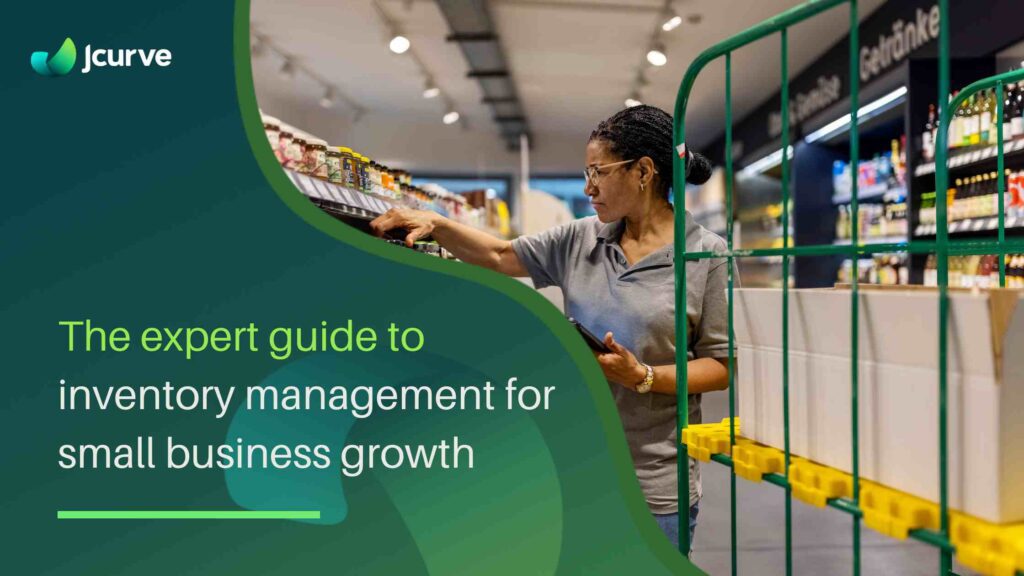10 Insider Tips on Inventory Management and Wholesale Order Management for Singapore Wholesale Distribution Businesses
From stocktake to reporting to receipt to labelling, this guide provides you with expert advice on ways to enhance your inventory management and expand your wholesale distribution or importing business in Singapore.
1. Conduct a Stocktake
Initiating your inventory management with a stocktake may seem basic, but it’s essential and often overlooked. Dedicate time to perform a physical count of your inventory, including raw materials, components, kits, assemblies, and finished goods. Once completed, compare the results with your existing records. You might find discrepancies.
For large inventories, consider implementing a barcode system to expedite the process.
Remember: ensure the stocktake is uninterrupted. Schedule it during off-peak periods or public holidays like Hari Raya Puasa or Deepavali when business activity will probably be slower.
2. Identify Fast and Slow Movers
Analyse your inventory to determine which items sell quickly and which linger. Slow-moving stock ties up cash flow, depreciates in value, and occupies valuable space that could be used for more profitable items.
Consider promotions or limited-time offers to move slow stock, perhaps during the Great Singapore Sale or other local shopping festivals.
3. Set Up Your Reporting
If you haven’t already, start scheduling or automating reports from your inventory management system. A cloud-based ERP tailored for small businesses can streamline this process.
Set alerts for stock ageing and dashboard reports to compare profitability across product lines month-to-month.
4. Identify Trends
Regularly review your inventory tracking to spot trends. Monitor for seasonal peaks, such as increased sales during the Lunar New Year or the impact of economic changes on product popularity.
A robust ERP system can provide the business intelligence needed to identify these trends early.
5. Understand Your Customer
Know who is buying what and where. Are certain products more popular in specific areas of Singapore? Tailor your marketing efforts accordingly.
By understanding purchasing patterns, you can also consolidate supplier freight costs by ordering larger shipments less frequently.
6. Get Your Suppliers in Shape
Consider the efficiency of your suppliers. Are they delivering promptly and accurately? Delays or incomplete shipments can disrupt your inventory management.
7. Create a Reliable Receipting Process
Ensure warehouse staff verify incoming stock against orders to prevent discrepancies. A solid receiving process is crucial for maintaining accurate inventory levels.
8. Develop a Labelling System
As your warehouse expands, organisation becomes key. Clearly label item locations for efficient picking and packing. This reduces time spent on these tasks and increases throughput.
Returned items in resalable condition should be placed back in their correct locations to maintain quality control.
9. Prevent “Borrowing”
Implement measures to deter unauthorised removal of stock from your warehouse. An inventory management system with real-time reporting can help track exact stock counts and prevent losses.
10. Fight Disaster with Data
In the event of a disaster, such as a fire, would you have a record of your stock and its value? A cloud-based ERP system can provide the necessary reports for insurance purposes.
Summary: 10 Ways to Better Manage Your Stock in Singapore
These strategies can significantly improve your inventory management and contribute to the growth of your business in Singapore.
To discover how JCurve’s award-winning small business software can assist your Singaporean business, reach out to us at info@jcurvesolutions.com










